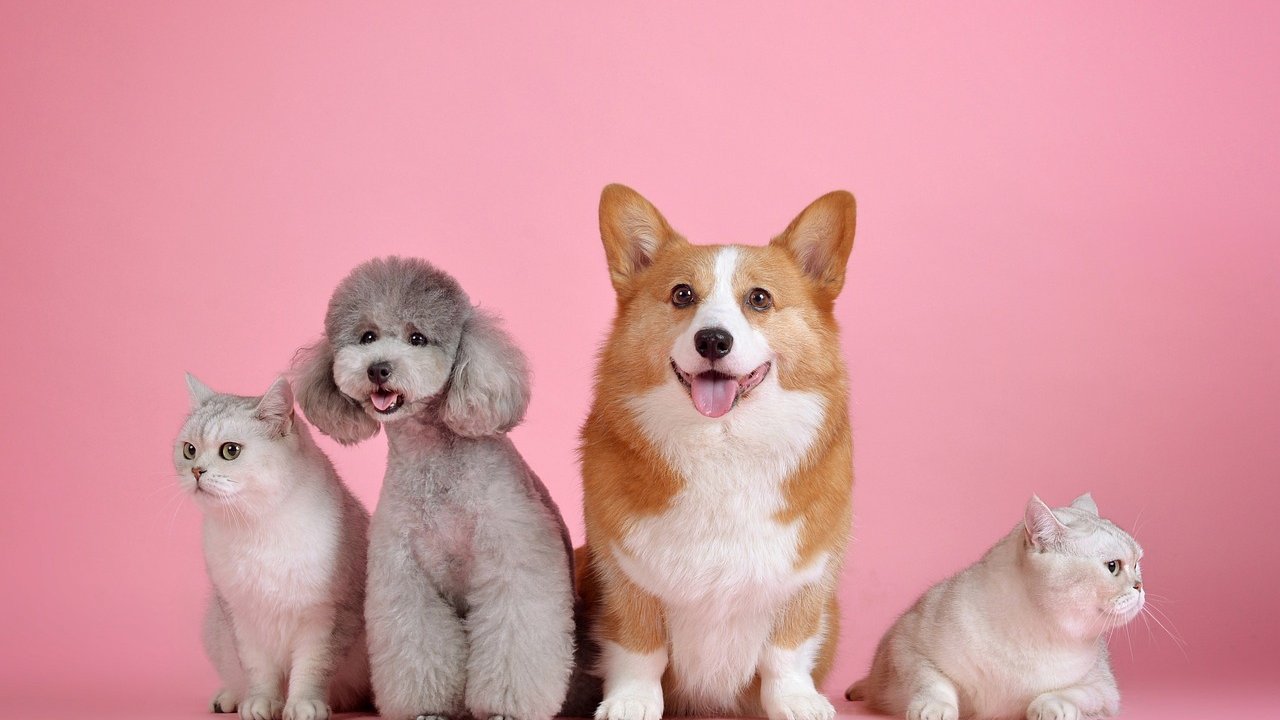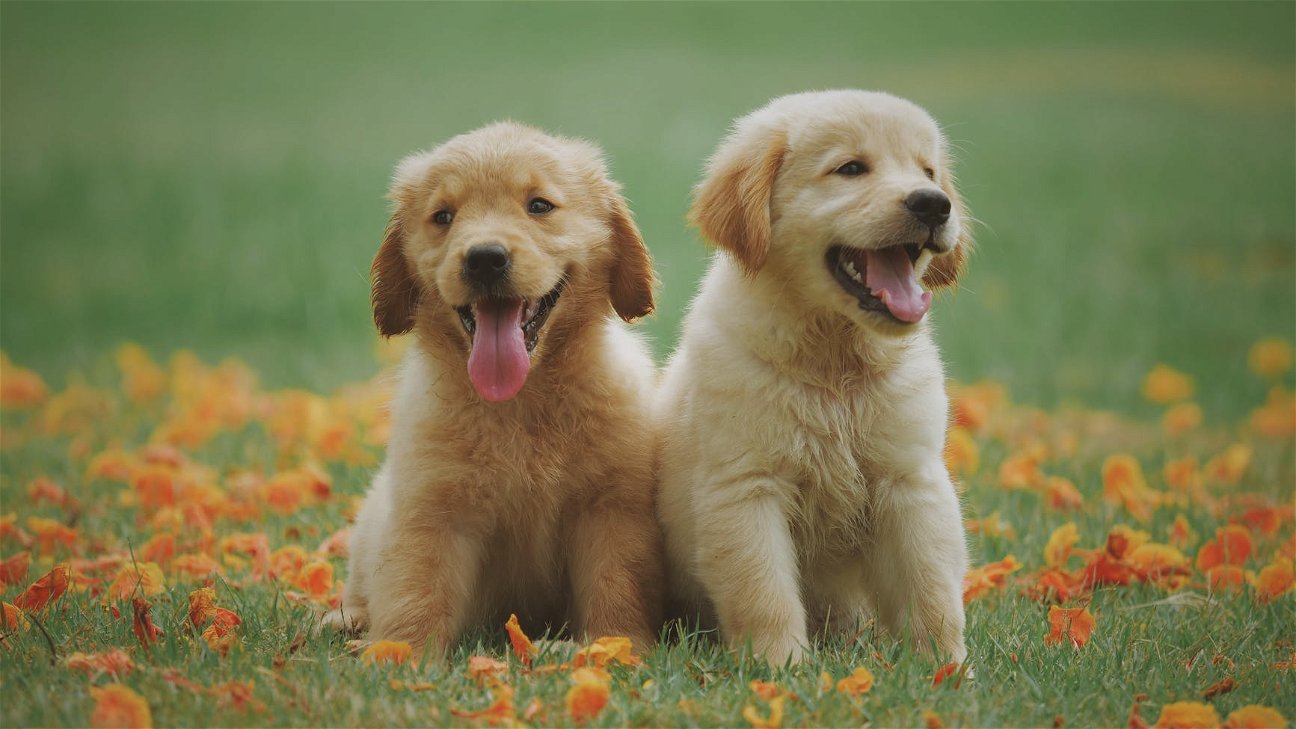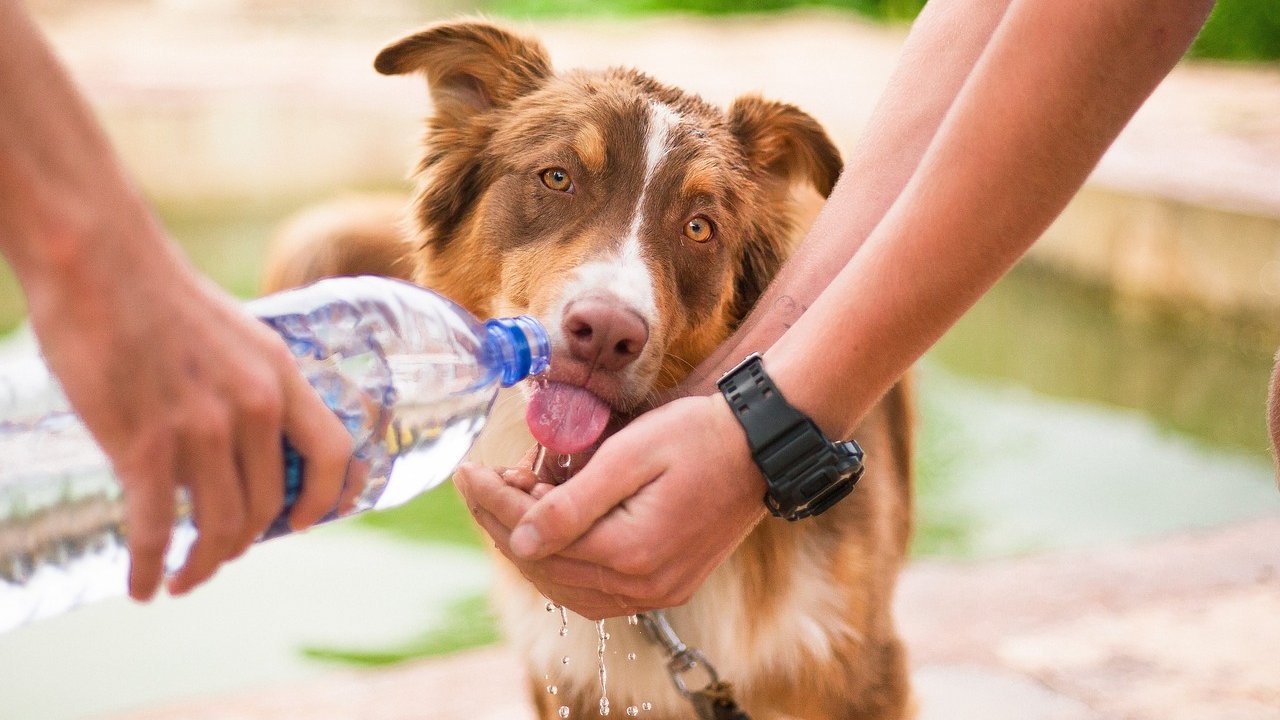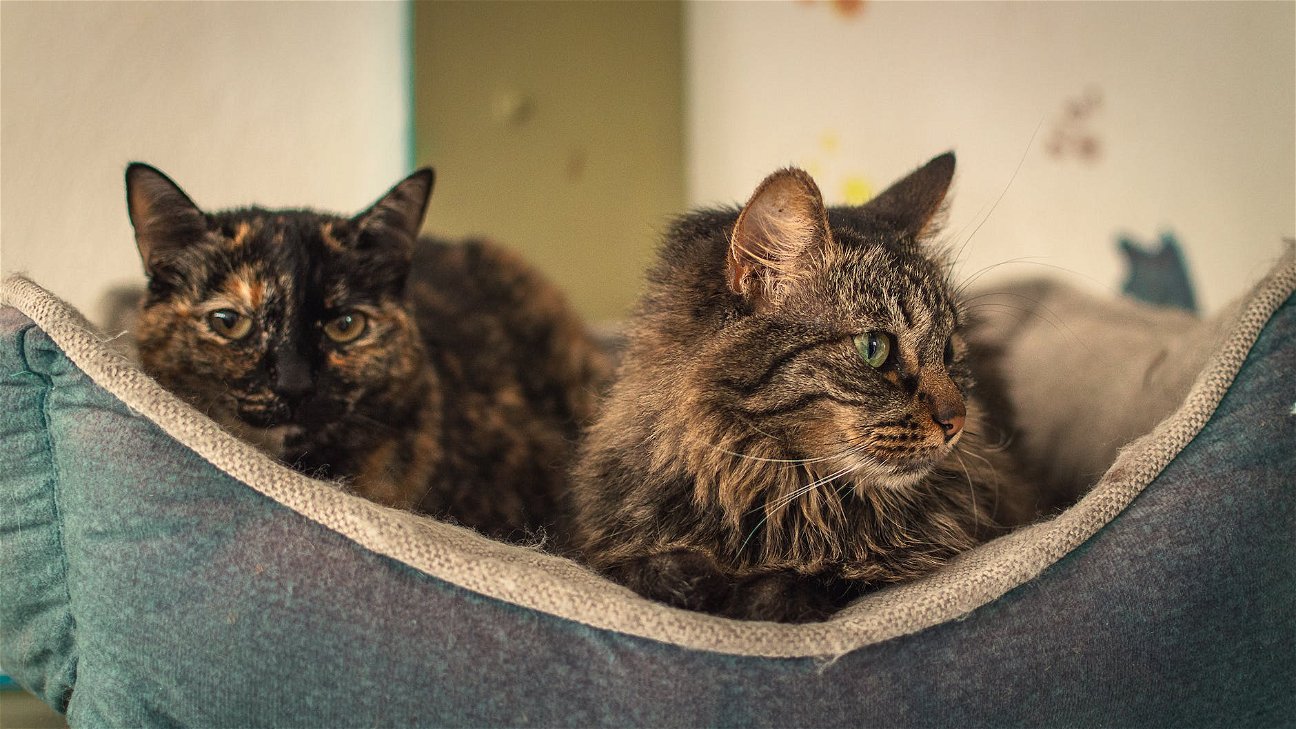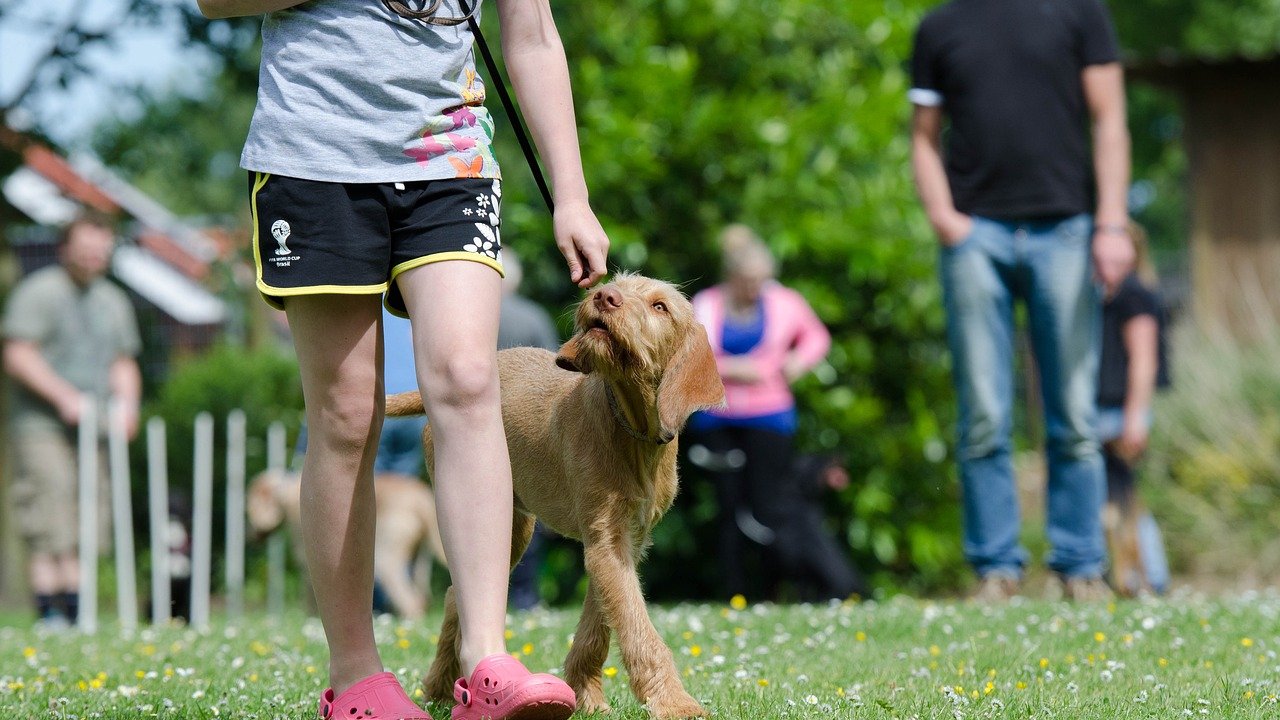
Introducing two dogs can be a nerve-wracking experience, especially if you're not sure how they'll react to each other. Whether you're bringing a new puppy into a home with an established older dog, or are trying to make two adults dogs get along, it's important to approach the introduction with care and patience. With the right approach, you can ensure a smooth introduction and a harmonious relationship between your furry friends.
Here are some strategies to make introducing two dogs easier and safer.
Know your dogs
Before you start the introduction process, you should understand each dog's temperament and social skills. If your dog has shown signs of aggression or fear in the past when around other dogs, you may need to take extra precautions. On the other hand, if your dogs are generally friendly and sociable, the introduction process might be less stressful.
Use neutral territory
One of the top strategies for introducing dogs is to do it on a neutral territory. This reduces the likelihood of territorial aggression. A walk in the park or a meet-up in a friend’s yard can be ideal for the first meeting.
Go slow
Avoid rushing the introduction. Let them get used to each other's presence and scent before they come face-to-face. Keeping them on leashes initially can help control the situation.
Observe body language
Understanding dog body language can help you anticipate potential problems. Look for signs of discomfort or aggression like stiff body, direct stare, showing teeth, or hair standing up on the back.
Intervene when necessary
If you see signs of aggression or fear, intervene immediately but calmly. Never shout or panic as it can escalate the situation.
Here’s a simple table to help you understand the common signs of dog body language:
Allow plenty of breaks
Dogs can get overwhelmed during the introduction process, especially if it's their first time meeting. Allow plenty of breaks for them to relax and process the new experiences.
Reward positive interactions
When you see your dogs interacting nicely, give them rewards. This might be treats, praise, or petting. This reinforces positive behavior and makes future interactions more likely to be positive.
Avoid common mistakes
Some of the common dog introduction mistakes to avoid include forcing interaction, ignoring signs of discomfort or aggression, and rushing the process. Avoid these for a smoother and safer dog introduction.
Introducing two dogs doesn't have to be a stressful event. With patience, understanding, and the right strategies, your dogs can form a happy and peaceful coexistence.
